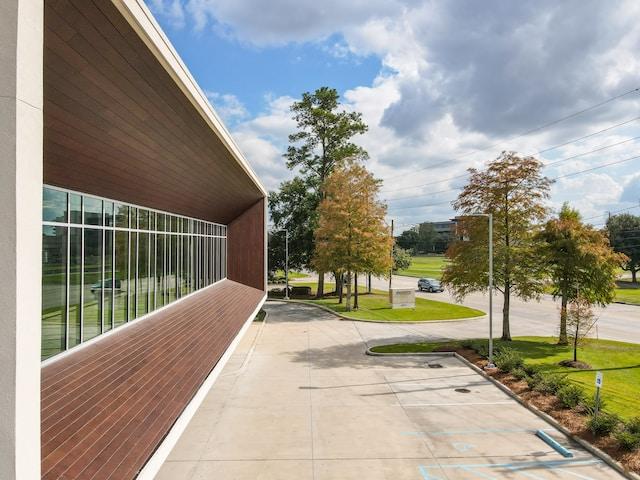10 Strategies to Implement While Designing a Healthy Building
When a building is designed to enhance occupants' well-being, it is known as a healthy building. It has features such as smart building systems and environmentally conscious structures. Such structures prioritise features like optimal indoor air quality, access to natural light, and noise reduction. It is necessary because the places we inhabit directly influence our physical and mental health and the environment. These buildings are specially designed to help improve overall well-being by fostering positive emotions, reducing stress, and increasing productivity.
In addition, these structures aim to support physical health through spaces encouraging movement and activity. Besides, sustainable practices are also included in healthy building designs that align with environmental consciousness and human comfort. As a result, it helps with long-term cost savings and reduced ecological impact. Moreover, it promotes social interaction and community, enhancing a sense of belonging. Since it has many benefits, do you know how to embrace healthy site structures? Let's find out.
10 Things to Include in a Building's Healthy Design
- Biophilic Design: Bringing Nature Indoors
Such designs basically involve incorporating natural elements. It may include indoor plants, natural light, water features, etc. They help create a more aesthetic appeal for the building while promoting an eco-friendly environment. It also helps improve air quality, reduce stress, and increase productivity.
- Optimal Indoor Air Quality
Adequate indoor air quality is essential for the comfort and health of building occupants. Installing efficient ventilation systems and regularly maintaining HVAC systems can significantly improve IAQ. Proper air filtration and circulation also help prevent the accumulation of pollutants and allergens, creating a healthier living and working environment.
- Natural Light and Daylighting
Ample natural light positively impacts the occupants' mood and reduces the need for artificial lighting. Incorporating large windows, skylights, and light wells helps maximise daylight.
- Active Design for Movement
Incorporating features like staircases can help promote physical activity within the building design. Such healthy building designs encourage occupants to choose stairs over elevators. Designing indoor recreational areas, walking paths, and exercise spaces can motivate people to stay active.
- Noise Reduction Strategies
Noise-reducing strategies can help create a quieter and more comfortable environment. It is a highly important aspect of workspaces, healthcare facilities, and educational institutions. In fact, noise pollution can negatively impact the occupants' concentration and stress levels. Installing acoustic wall panels, double-glazed windows, and proper insulation can significantly reduce noise stress.
- Emphasis on Material Selection
Choosing sustainable and non-toxic building materials is crucial for creating a healthy indoor environment. Opt for materials with low chemical emissions and minimal environmental impact. Moreover, incorporating recycled materials and those with certified eco-labels can help align with sustainability principles. It also helps contribute to the overall health of the building and its occupants.
- Access to Nature and Outdoor Spaces
Incorporating outdoor spaces like gardens, rooftop terraces, and balconies allows occupants to connect with nature and relax outdoors. These spaces can serve as peaceful retreats, promoting mental well-being and offering a break from indoor activities.
- Water Efficiency and Conservation
Implementing water-efficient fixtures and technologies can significantly reduce water consumption within the building. Implementing strategies into a healthy building contributes to water conservation and sustainability.
- Smart Building Technologies
Integrating smart home technologies like automated lighting, temperature control, and occupancy sensors enhances the building's energy efficiency and occupant comfort. These technologies also help reduce energy consumption and create a seamless and user-friendly experience for the occupants.
- Embracing Sustainability
Designing a healthy building involves a commitment to sustainability and reducing the building's environmental footprint. Implementing energy-efficient systems, utilising renewable energy sources, and incorporating passive design principles can contribute to the building's long-term sustainability.
Making Buildings Future-Ready
Sustainability is the key to living a healthy life while creating a safe environment for the upcoming generations. With the above-mentioned strategies, anyone can transform their building into a healthy building. Nowadays, several reputed sustainability solutions companies offer partnership programmes to provide assistance in such projects. Consider connecting with them for a healthier and budget-friendly transformation of your building.

